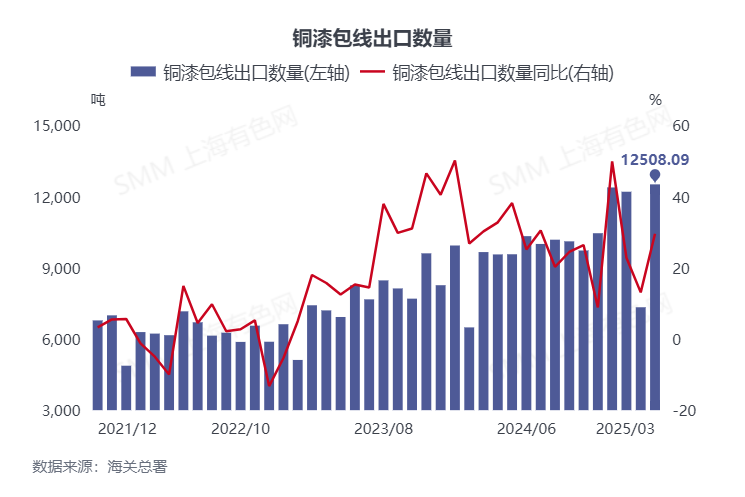In today's fast-paced business landscape, the integration of real-time analytics into supply chain management has become indispensable for organizations striving to enhance efficiency, reduce costs, and improve decision-making. SAP-powered solutions have emerged as transformative tools, enabling businesses to navigate complexities and build resilient supply chains. This digital transformation features Manykandaprebou, an accomplished professional whose work in SAP supply chain analytics has altered the landscape of industry practice.
His path of innovation and optimization leads Manykandaprebou to guard against innovation. "Leading SAP S/4HANA supply chain transformation projects for global enterprises has been both a challenge and an opportunity to push boundaries. From implementing real-time analytics dashboards and integrating SAP Integrated Business Planning (IBP) and SAP Analytics Cloud (SAC), he has significantly improved supply chain visibility, demand forecasting, and inventory optimization.

Most importantly, he helped increase real-time visibility across the supply chain by 45% and increase demand forecasting by 30% through predictive insights." The practice areas covered by Manykandaprebou also include cost-saving initiatives and process optimization. Manykandaprebou helped reduce manual interventions by 50% through AI-driven demand sensing algorithms and real-time exception handling, thereby minimizing the disruption of the supply chain by 30%.
Subsequently, these efforts helped decrease operational costs by 18-22% and ramp up order fulfillment rates by 20%. He improved procurement and logistics processes for 28% greater warehouse efficiency and 25% less transportation delay using SAP S/4HANA and SAP IBP. Beyond technical implementations, he has taken on a pivotal role in shaping organizational mindsets and driving digital transformation.
He has conducted numerous workshops and training sessions, equipping teams with the knowledge to harness the power of real-time analytics and AI-driven insights. His efforts have not only empowered businesses to adopt cutting-edge technologies but also fostered a culture of continuous improvement and resilience. His problem-solving prowess shines in overcoming challenges that previously hindered supply chain efficiency.
One such challenge was the lack of end-to-end visibility across global operations. He addressed this by implementing SAP-powered live dashboards and predictive analytics, which reduced stock imbalances by 25% and enhanced supplier collaboration. Another notable achievement involved automating procurement workflows, cutting down cycle times by 40% and increasing overall supply chain responsiveness.
In addition to that, by virtue of his many years of hands-on work, Manykandaprebou has emerged as a thought leader in the field and is contributing to discussions on the future of supply chain management. He has already produced some great papers examining the influence of AI and machine learning on supply chain resilience and risk mitigation. Said, "The future lies in end-to-end real-time visibility and AI-powered decision intelligence.
" He appears for hyperautomation, virtual twins, and analytics moved by sustainability, ensuring that business remains dynamic at all times against changing scenarios. It is a tribute to the power of creativity concerning the modern supply chain management that his testimony furnishes. Manykandaprebou employs technology-oriented strategies and an affinity for optimization to fortify supply chain resilience; the second order of this impact opened doors for future advancement in SAP-powered analytics.
Indeed, by advancing in real-time data, his very work will be in alignment with reshaping global supply chains concerning efficiency and sustainability..
















